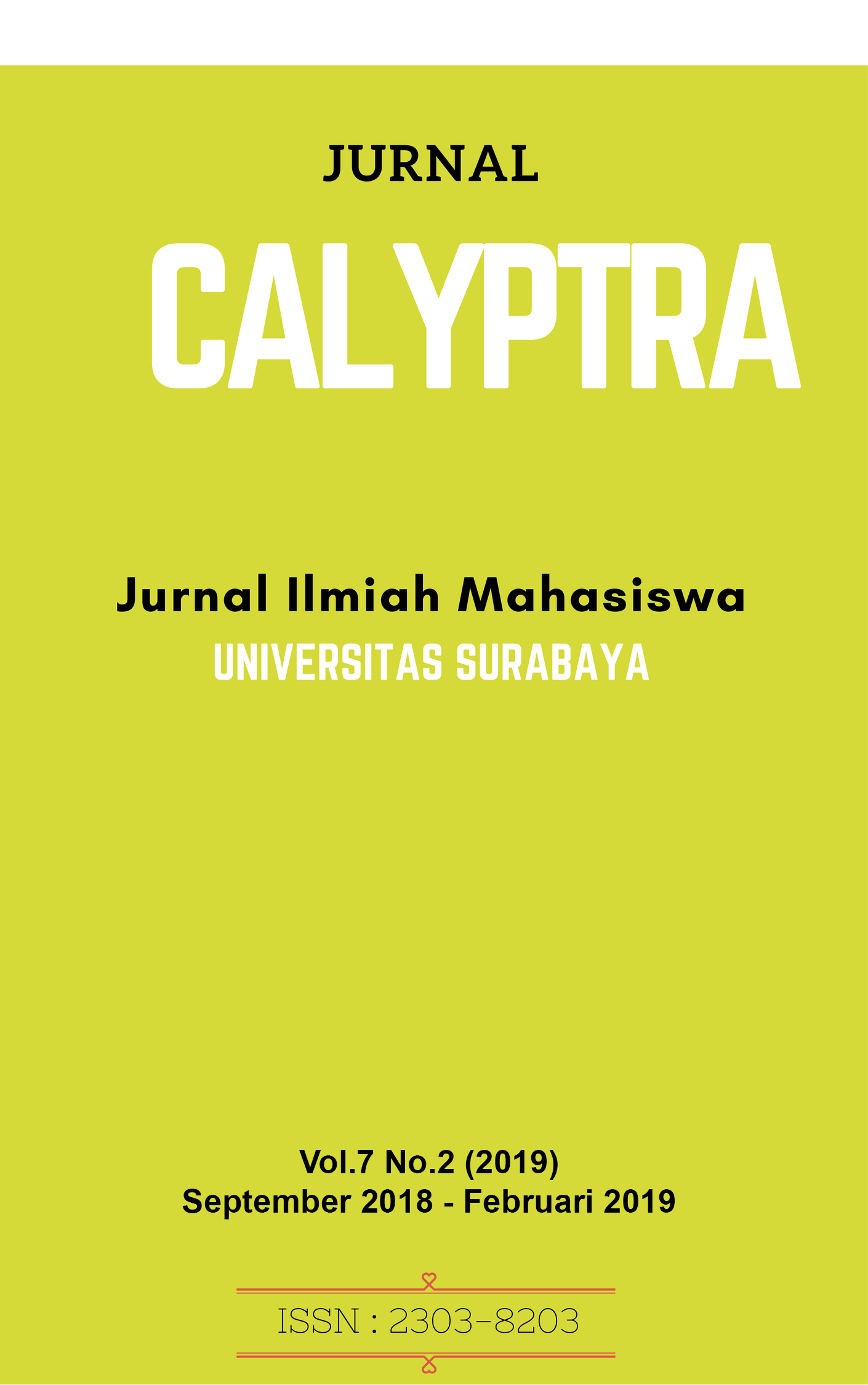SISTEM PENGENDALIAN MANAJEMEN LINTAS BUDAYA: STUDI KASUSPADARESTORAN “T”DI SURABAYA
 Abstract Views:
590 times
Abstract Views:
590 times
 PDF - FULL TEXT Downloads:
2608 times
PDF - FULL TEXT Downloads:
2608 times
Abstract
This study was made to look at management control systems, acculturation, and cross-cultural communication barriers that appear in Restaurant "T". Cultural differences that exist This research is included in the basic research. The writer hopes this research can provide a picture about the cultural differences between Korean owners and local staffs. The research methods are interview,observation and document analysis.Cultural acculturation between owners with Korean citizenship and Indonesian citizenship takes place in the "T" Restaurant. The existence of some cultural differences also causing the owner to adapt to the local culture that surrounds them.
Downloads
References
Kodiran, Kodiran. 1998. Akultuasi Sebagai Mekanisme Perubahan Kebudayaan.Humaniora No. 8, Juni-Agustus.
Lillis, Michael P. dan Tian, Robert G. 2009. Cross-cultural communication and emotional intelligence: Inferences from case studies of gender diverse groups. Marketing Intelligence & Planning. Vol. 27 Issue: 3, pp.428-438.
Merchant, A. Kenneth dan Van der Stede, Wim A. 2007. Management Control System.Pearson Education Limited: England.
Robbins, Stephen P. 2002. Prinsip-prinsip Perilaku Organisasi. Edisi Ke 5. Alihbahasa oleh Dewi Sartika Halida. Erlangga: Jakarta.
Rodrigues, Carl A. 1997. Developing expatriates’ cross-cultural sensitivity: cultures where “your culture’s OK” is really not OK.Journal of Management Development. Vol. 16 Issue: 9, pp.690-702.
Taylor M. dan Finley, D. 2010. Acculturation, assimilation, and retention of international workers in resorts. International Journal of Contemporary Hospitality Management, Vol. 22 Issue: 5, pp.681-692.
- Articles published in CALYPTRA are licensed under a Creative Commons Attribution-ShareAlike 4.0 International license. You are free to copy, transform, or redistribute articles for any lawful purpose in any medium, provided you give appropriate credit to the original author(s) and the journal, link to the license, indicate if changes were made, and redistribute any derivative work under the same license.
- Copyright on articles is retained by the respective author(s), without restrictions. A non-exclusive license is granted to CALYPTRA to publish the article and identify itself as its original publisher, along with the commercial right to include the article in a hardcopy issue for sale to libraries and individuals.
- By publishing in CALYPTRA, authors grant any third party the right to use their article to the extent provided by the Creative Commons Attribution-ShareAlike 4.0 International license.



